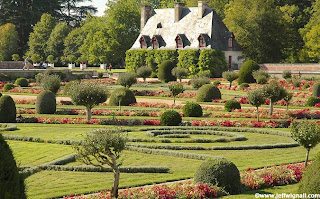 Back in the film days I used to load my camera bag with expensive (and heavy) glass filters for various photo effects: cooling, warming, soft focus, etc. It was just a normal part of my shooting routine to decide which filter to use for a given scene. These days, while I still carry a polarizing filter and a few neutral density filters, I do most of my warming and cooling in Photoshop.
Back in the film days I used to load my camera bag with expensive (and heavy) glass filters for various photo effects: cooling, warming, soft focus, etc. It was just a normal part of my shooting routine to decide which filter to use for a given scene. These days, while I still carry a polarizing filter and a few neutral density filters, I do most of my warming and cooling in Photoshop.The fastest way to add warmth (or cooling) to a file in Photoshop is using the "photo filter" option that you'll find in the pop-up menu at the bottom of the layers palette. Once the toolbox opens you'll find 20 preset filters (warm, cooling, blue, yellow, emerald green, etc.) and a second box that you can click to create a custom filter from virtually any color that you want. Using the presets is simple: just pull down the menu, highlight the filter you want to try and select it. If you don't like the look, just slide the menu back down and try again with another filter. In the photo of the gardens at Chateau de Chenonceau (in the Loire Valley of France), for example, I used the #85b warming filter option. To use the custom-color filters, just click that box and then double click the color patch and the entire spectrum opens up. Select the color you want and you'll see the changes immediately in the image.
There is also a "density" slider so that you can adjust the intensity of the color you're adding. I tend to work at about 20-25% density when I'm adding warmth of cooling, but it really depends on the image and the effect I'm after. It's all very simple and fast and while I generally prefer to create balances using more controllable tools (like the selective color tool), the photo filters are great for a quick fix. Remember that, as with most Photoshop filters, you can also make a selection first and just add the filtering to the selected area--very useful for warming up a red barn, for example, or cooling a blue sky.
I have to admit that while I have romantic memories of choosing just the right color filter when I was out in the field shooting, and took some sort of silly pride in my collection of expensive glass filters, I really don't miss them. Those lens filters are expensive, delicate and heavy--and they also degraded sharpness. Viva la Photoshop!






No comments:
Post a Comment